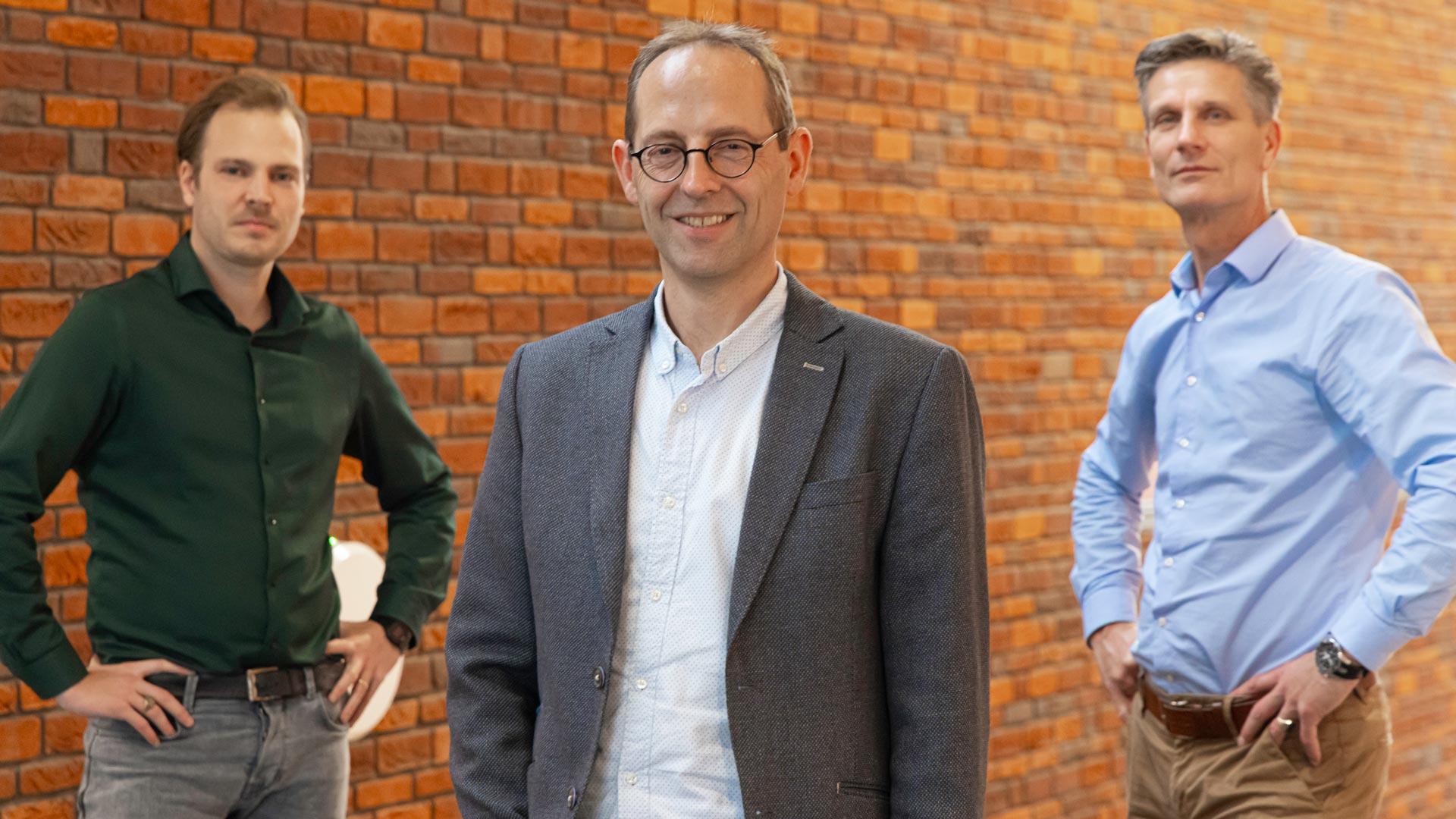Advice group.
advice groupIndependent analysis and advice.
measuring groupRvA ISO/IEC 17025 accredited measurement.
Measuring group.
Laboratory.
laboratoryRvA ISO/IEC 17025 accredited transactions.
TCKI has been an independent research institute, knowledge and support centre for more than 65 years.
TCKI is an independent knowledge and support centre for more than 65 years for mineral raw materials and building materials production. It also has the necessary expertise with respect to the corresponding production techniques and processes.
TCKI employs highly qualified personnel in the following departments: Measuring Group, Laboratory, Drawing Office and Consultancy Group.
The measuring group consists of measuring technicians and advisors. They use advanced measuring equipment to record process conditions. This information allows you to implement measures that lead to conducting a more effective and more efficient production. This applies not only to quantity and quality aspects, but also to the reduction of energy costs.
In the environmental field, we can use our expertise and equipment to determine air emissions according to various measurement standards. As far as labour conditions are concerned, we perform sampling and analyses of fine (quartz) particulates and other substances. Virtually all our environmental and health & safety analyses are ISO/IEC 17025 accredited.
In our modern and well equipped laboratory we conduct specialised analyses on silicate raw materials, including clay and sand, but also of many additives and secondary raw materials. We test various characteristics of building products and building materials for manufacturers and certification bodies. These include:
- Sizes and geometric properties
- Physical characteristics
- Mechanical characteristics
- Chemical characteristics
- Durability characteristics (frost resistance)
- Slip resistance characteristics of floor products and floor materials
Almost all the analyses are ISO/IEC 17025 accredited.
Research and advice are always custom made.
After conducting the measurements and analyses, our consultants provide a concise and practical advice. The knowledge fields in building ceramics i are engineering, technology, energy, (silicate) raw materials, quality systems, environment, material leaching and labour conditions. We also advise on mass preparation / mixing of raw materials, shaping, drying and firing of ceramic products.
For decades, clients have trusted our support with new developments and on decisions about modifications in the way they run their business.
The knowledge and experience that we have gained in the ceramic industry is often excellently applicable in other sectors. This applies mainly to subjects related to production techniques, energy, environment and labour conditions.In our modern laboratory we conduct specialised analyses.
Structural and mechanical engineers provide the drawing work for various projects.
Structural and mechanical engineers provide the drawing work for various projects, which are supervised by advisors. We also provide structural engineering advice about the position of dilatations in masonry with various types of masonry bricks.
Knowledge, skills and craftsmanship define the overall result of a masonry construction.
Dilatation joints in masonry are applied to prevent cracking resulting from deformation caused by temperature differences, shrinkage and creep.
TCKI provides project advice in this field on the basis of the calculation rules set up by the “Vereniging Koninklijke Nederlandse Bouwkeramiek (KNB)”
Knowledge, skills and craftsmanship define the overall result of a building structure. The facade is an important part of the design, which relies on the experience, vision and creativity of the designer.
Is the architect aware that failure to resort to the necessary know how at the right time could result in a brick masonry facade being cracked or spoiled?
Designers and constructors need to discuss during the tender stage how they will define, and limit, the number of dilatation joints and their locations in a brick masonry facade. CUR recommendation 71 (Constructive aspects for the design, calculation and detailing of masonry facades) and CUR recommendation 82 (Management of cracking in stone structures), and project advice, such as dilatation advice from the brick industry, play an important part in this process.
Consultations during the tender stage will prevent additional costs associated with lintel modifications, the implementation of dilatations, extra wall ties and/or masonry reinforcements during the implementation stage. The location and number of dilatations can be controlled during the tender stage by focusing on the correct details and tools (lintels, masonry reinforcement).
Dilatation joints will have to be inserted in locations where undesirable cracking might occur as a result of excess stress caused by temperature fluctuations. Undesirable cracks may also occur in locations where masonry is hampered by deformation in the structural components it is linked to it, or protruding components that provide local support for the masonry such as balconies, loggias and gallery plates.
Dilatation joints provide scope for possible deformations. It should be noted that a dilatation joint (5 mm) is not a vertical joint (0 mm).
Lintels have a major impact on the appearance of a facade. The wrong type of lintel above façade openings can easily spoil an aesthetic façade design. The use of lintels freely incorporated in the outer surface, in combination with/not in combination with masonry reinforcement instead of façade support, can limit the number of dilatation joints.
If lintels are connected to the rear structure they will act as façade support. Dilatation joints are always inserted at the start and end of a façade support.
Less dilatation joints will be required if the façade support continues across the piers. The fact that the façade support is fixed to a concrete wall (rigid) or floor structure (flexible) also plays an important part. Deformation caused by masonry supports and gallery plates can lead to a need for additional dilatation joints.
The eventual result will have to meet the requirements of the architect´s original design.
Dilatation joints can be concealed by hiding them behind rainwater discharges in the outer surface, colour transitions or steps in the facade. They can be an actual feature of the design by introducing a link or rhythm in the appearance of the facade. Dilatation joints must be taut. Co-operation and consultations must be focused on the mutual objective, i.e. to improve the quality of the façade architecture.
Is the architect aware that failure to resort to the necessary know how at the right time could result in a brick masonry facade being cracked or spoiled?





